People like me with families and friends overseas are getting concerned and panicky messages to check if we’re safe in light of the catastrophic fires that have been building up in Australia over recent weeks and months. We are — and we appreciate that you care. The fires are indeed dangerous and widespread; among the bigger ones (though probably not the biggest) in our recorded history. But no, the whole continent is not on fire, despite what it might seem from media coverage and even more so from social media.
Several maps have been circulating, mostly overseas, that aim to give people who are often unfamiliar with Australia and its geography an idea about the extent of the fires. Here are the three most common ones:
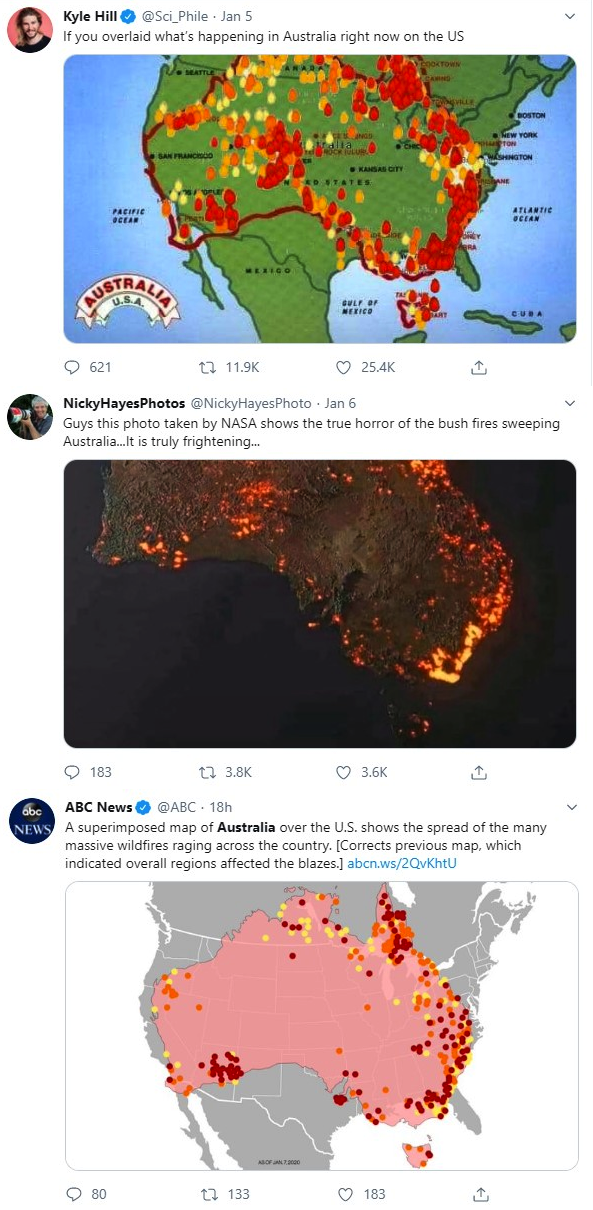
The “previous map” mentioned above is this fine effort and extravagant effort which shows hundreds of thousands of square kilometres of desert on fire:
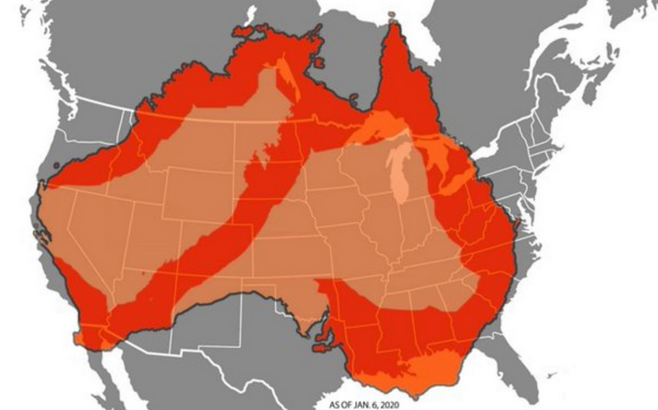
This would suggest pretty much all of the human and most of the animal life has been wiped out Down Under (considering that 90 per cent of the population live within 100 kilometres of the coast and most of them on the eastern seaboard). The second image is particularly striking as it looks like a satellite photo – but as Buzzfeed explains
It is not a photo taken by NASA, or a photo at all. It’s an image created using data from NASA’s Fire Information for Resource Management Systems (FIRMS) spanning over a month (Dec. 5, 2019 to Jan. 5, 2020).
Per Brisbane-based creator Anthony Hearsey, the image is “generally true” to data on the NASA website, but the scale of the affected areas is “a little exaggerated due to the render’s glow”.
Hearsey told BuzzFeed News in an email that he made the image while experimenting with 3D data visualisation.
“The image is an artistic rendition of data. It’s not meant to show what Australia looks like currently,” he wrote. “I never expected the image to reach anyone past my own friends. I have a fairly small social media following, so it was just another image really.”
In a nutshell: this image does not represent a single moment in time, and while it is a visual representation of fire activity in Australia over a month-long period, it is not entirely accurate.
So how big are the fires? Since September 2019, so over several months, over 104,000 square kilometres of land have burned. This is the area the size of that great source of fried chicken goodness, Kentucky:
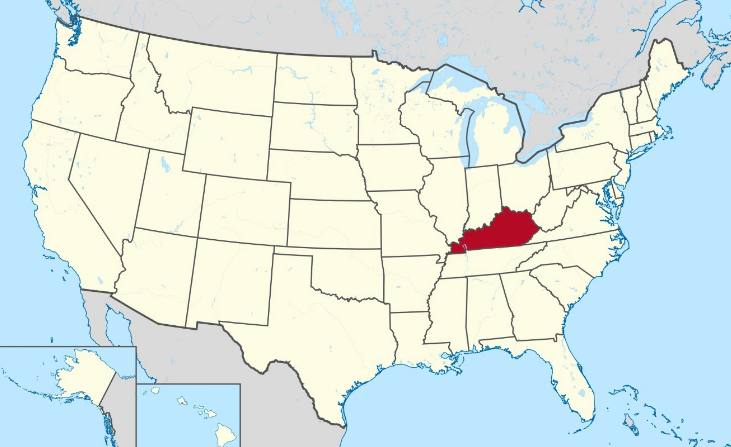
It’s a lot, but significantly less than all the other maps above suggest.
It is also somewhat less dramatic: Kentucky, after all, has 4.7 million people living within its borders. But Australia’s Kentucky-sized fires have so far led to deaths of 25 people and destroyed fewer than 2,000 homes. I dare not preface these numbers with the word “only” because every death and every house burned out is a tragedy for the people concerned and cannot be downplayed. But the point is that most of what has burned has been away from the human habitation (in Western Australia, by way of an extreme example, 1.7 million hectares have burned down with a loss of 1 dwelling).
Australia, by and large, is pretty empty, with fewer than 25 million people – somewhere between Florida and Texas in a country only slightly smaller than the US (without Alaska and Hawaii).
Yes, a lot of forest has gone up in flames, a very large number of animals have perished, our two largest cities and national capital have had to suffer terrible air quality from the smoke and the ash in the wind, but the great Australian conflagration of 2019-20 has not been an apocalypse. And hopefully will not turn into one in the future.
Once again, things are bad enough without exaggeration and panic-mongering.
Don’t add to the drama, people.
Arthur Chrenkoff blogs at The Daily Chrenk, where this piece also appears.
Got something to add? Join the discussion and comment below.
Got something to add? Join the discussion and comment below.
Get 10 issues for just $10
Subscribe to The Spectator Australia today for the next 10 magazine issues, plus full online access, for just $10.

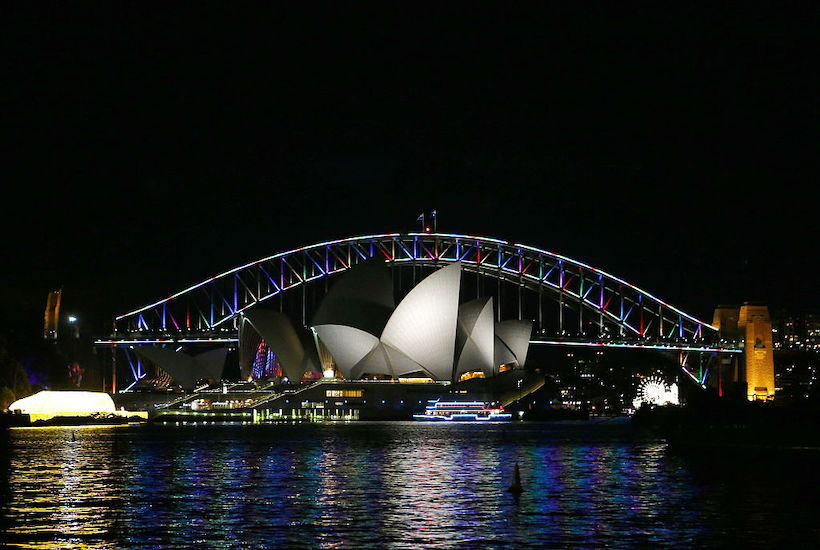
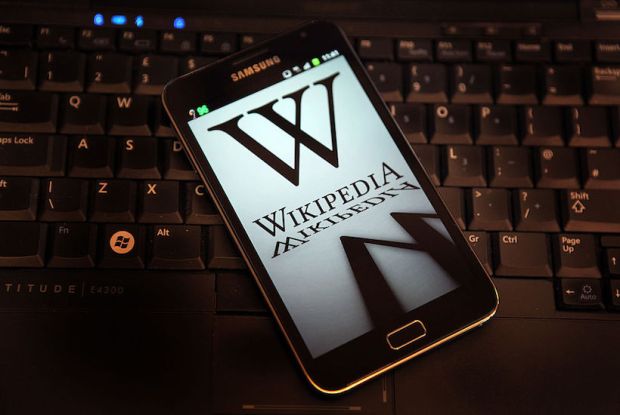
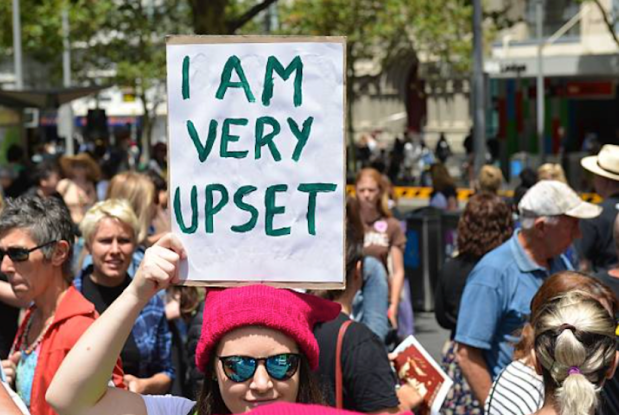


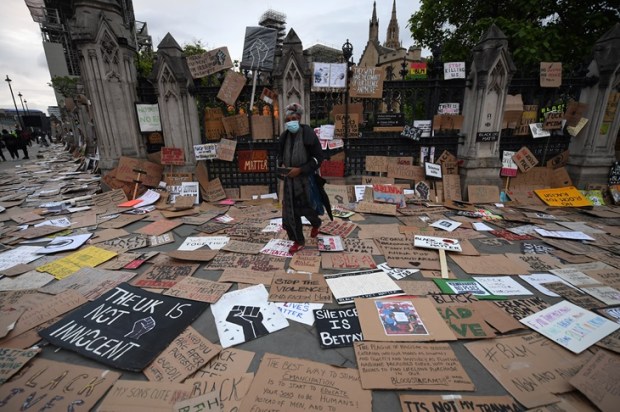
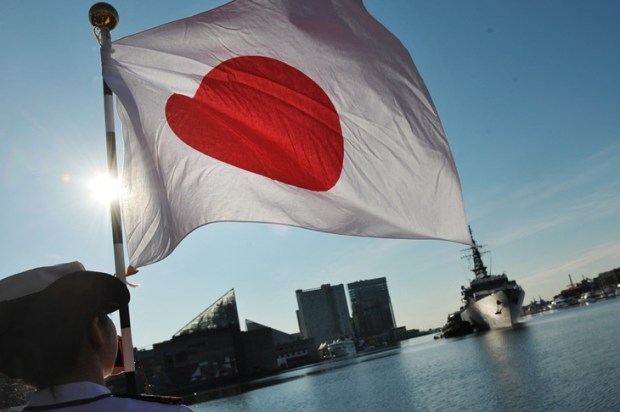


















Comments
Don't miss out
Join the conversation with other Spectator Australia readers. Subscribe to leave a comment.
SUBSCRIBEAlready a subscriber? Log in